As a new parent, one of your top priorities is ensuring the safety of your baby. This includes creating a safe sleeping environment for your little one. When it comes to cribs and mattresses, it's important to understand and follow the safety standards set by organizations such as the Consumer Product Safety Commission (CPSC) and the American Academy of Pediatrics (AAP). These standards cover everything from the design and construction of cribs to the materials used in crib mattresses. By following these standards, you can have peace of mind knowing that your baby's sleeping space is safe and secure.1. Crib Safety Standards
One important factor to consider when choosing a crib mattress is its firmness. According to the AAP, a firm mattress is the safest option for infants. This means that the mattress should not conform to the shape of your baby's head or body when lying down. A soft mattress may increase the risk of suffocation or Sudden Infant Death Syndrome (SIDS). To ensure the firmness of a mattress, you can use the "two-finger test" – if you can fit more than two fingers between the mattress and the crib, then it may be too soft for your baby.2. Mattress Firmness for Infants
In addition to using a firm mattress, it's important to follow safe sleep practices for your baby. This includes placing your baby on their back to sleep, using a fitted sheet on the crib mattress, and avoiding loose bedding such as blankets, pillows, and stuffed animals. These items can pose a suffocation risk for infants. It's also recommended to keep your baby's crib in your room for at least the first six months to reduce the risk of SIDS. And remember, never place your baby to sleep on a couch, sofa, or waterbed.3. Safe Sleep Practices for Babies
When shopping for a crib mattress, there are a few features you should look for to ensure safety. First, make sure the mattress fits snugly in the crib without any gaps. This will prevent your baby from getting trapped between the mattress and the crib. You should also check the weight limit of the mattress to ensure it can support your growing baby. Additionally, look for mattresses that are made with safe materials such as organic cotton or foam certified by CertiPUR-US.4. Choosing a Safe Crib Mattress
Unfortunately, even with safety standards in place, there is always a risk of products being recalled due to safety concerns. This is why it's important to stay informed about any recalls that may affect your crib or mattress. You can check the CPSC website for the most up-to-date information on product recalls. If you find that your crib or mattress has been recalled, stop using it immediately and follow the instructions for obtaining a replacement or refund.5. Crib and Mattress Recalls
As mentioned earlier, it's important to choose a crib mattress that is made with safe materials. This not only ensures your baby's safety but also reduces their exposure to harmful chemicals. Look for mattresses that are made with certified organic materials or those that have been tested and certified by third-party organizations. In addition, make sure the crib itself is made with safe materials and is free from any sharp edges or potential hazards. If you're unsure, opt for a crib that meets the safety standards set by the CPSC.6. Safe Crib and Mattress Materials
When setting up your baby's crib, it's essential to ensure that the mattress fits snugly in the crib. This means that there should be no more than two fingers worth of space between the mattress and the crib frame. If the mattress does not fit properly, your baby may become trapped in the gaps, leading to potential injuries or suffocation. You should also regularly check the crib and mattress for any signs of wear and tear and replace them if necessary.7. Proper Crib and Mattress Fit
To keep your baby's sleeping space safe, it's important to regularly maintain and clean the crib and mattress. This includes regularly wiping down the crib with a damp cloth to remove any dirt or dust, as well as checking for any loose or broken parts. For the mattress, you can spot clean any stains with a mild detergent and warm water. It's also recommended to rotate the mattress every few months to ensure it wears evenly and maintains its shape.8. Crib and Mattress Maintenance for Safety
In addition to following the safety standards for cribs and mattresses, there are other steps you can take to create a safe sleeping environment for your baby. This includes keeping the room at a comfortable temperature and using a sleep sack rather than loose blankets. You should also avoid using any soft objects in the crib, such as crib bumpers, which can pose a suffocation risk. And always make sure that your baby's crib is away from any cords or other potential hazards.9. Safe Sleeping Environment for Infants
As a new parent, it's normal to feel overwhelmed and unsure about how to keep your baby safe. But by following these crib and mattress safety tips, you can create a safe sleeping environment for your little one. Remember to always follow the safety standards set by organizations such as the CPSC and the AAP, choose a firm and safe mattress, and regularly maintain and clean your baby's crib and mattress. By taking these precautions, you can rest assured that your baby is sleeping in a safe and secure environment.10. Crib and Mattress Safety Tips for New Parents
Proper Crib and Mattress Safety: A Crucial Aspect of House Design
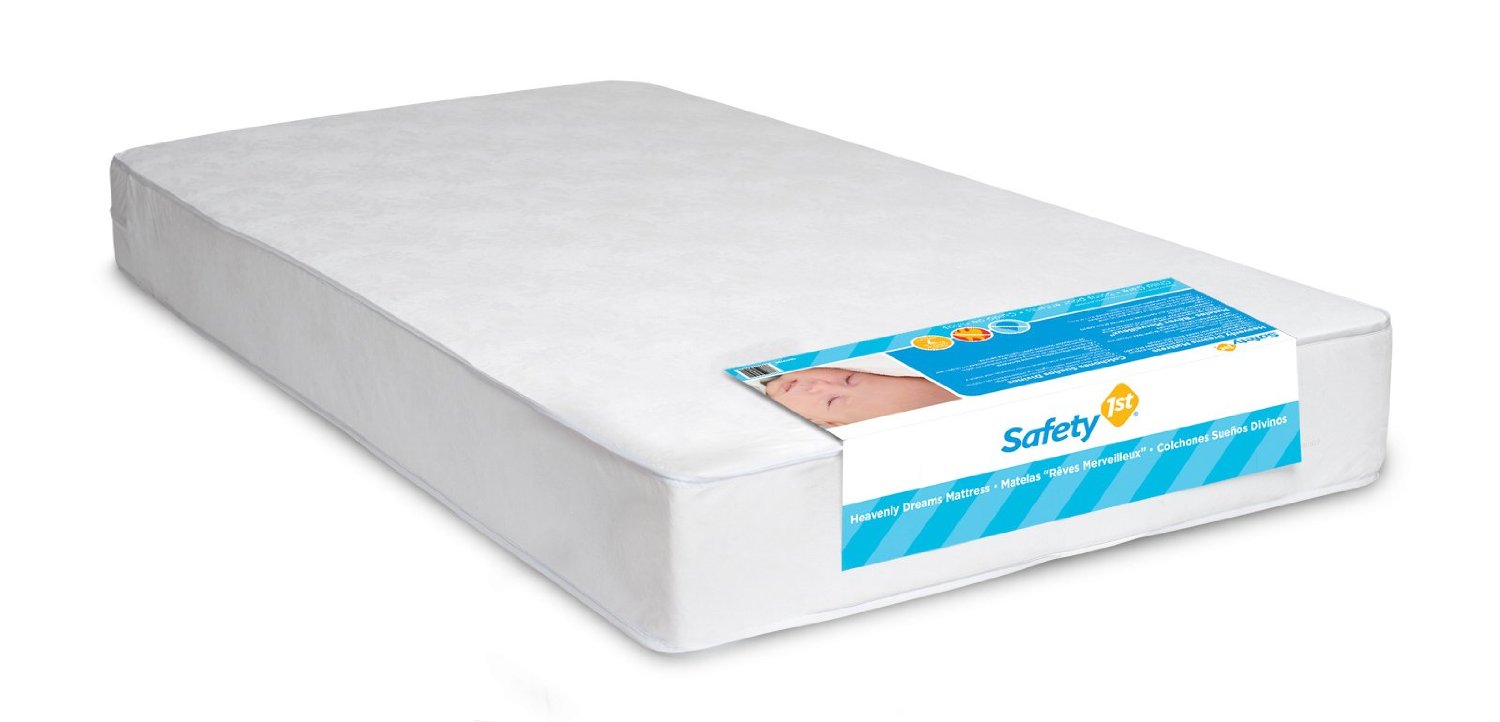
The Importance of Crib and Mattress Safety
 When designing a house, parents must not forget to prioritize
crib and mattress safety
to ensure the well-being of their child. The crib and mattress are where infants spend most of their time, so it is essential to create a safe and comfortable environment for them to sleep and play in.
When designing a house, parents must not forget to prioritize
crib and mattress safety
to ensure the well-being of their child. The crib and mattress are where infants spend most of their time, so it is essential to create a safe and comfortable environment for them to sleep and play in.
Choosing the Right Crib and Mattress
 When selecting a crib and mattress, it is crucial to keep in mind the safety standards set by the
Consumer Product Safety Commission
(CPSC). This includes making sure that the crib slats are no more than 2 ⅜ inches apart to prevent infants from getting their heads or bodies stuck. The mattress should also fit snugly in the crib to prevent any gaps where the baby could potentially get trapped.
When selecting a crib and mattress, it is crucial to keep in mind the safety standards set by the
Consumer Product Safety Commission
(CPSC). This includes making sure that the crib slats are no more than 2 ⅜ inches apart to prevent infants from getting their heads or bodies stuck. The mattress should also fit snugly in the crib to prevent any gaps where the baby could potentially get trapped.
Regular Maintenance and Inspections
 Even with the safest crib and mattress, regular maintenance and inspections are necessary to ensure the safety of your child.
Inspecting the crib and mattress for any wear and tear, loose screws or bolts, and damaged slats
is crucial to prevent any accidents or injuries. It is also recommended to tighten all screws and bolts periodically to keep the crib sturdy.
Even with the safest crib and mattress, regular maintenance and inspections are necessary to ensure the safety of your child.
Inspecting the crib and mattress for any wear and tear, loose screws or bolts, and damaged slats
is crucial to prevent any accidents or injuries. It is also recommended to tighten all screws and bolts periodically to keep the crib sturdy.
Creating a Safe Sleeping Environment
 Apart from the crib and mattress, there are other factors that parents must consider to create a safe sleeping environment for their child. The
American Academy of Pediatrics
(AAP) recommends placing the baby on their back to sleep to reduce the risk of Sudden Infant Death Syndrome (SIDS). Keeping soft objects, loose bedding, and toys out of the crib can also prevent suffocation or choking hazards.
Apart from the crib and mattress, there are other factors that parents must consider to create a safe sleeping environment for their child. The
American Academy of Pediatrics
(AAP) recommends placing the baby on their back to sleep to reduce the risk of Sudden Infant Death Syndrome (SIDS). Keeping soft objects, loose bedding, and toys out of the crib can also prevent suffocation or choking hazards.
Investing in Quality Products
 While it may be tempting to cut costs when it comes to
crib and mattress safety
, it is essential to invest in quality products that meet safety standards. Cheap or secondhand cribs and mattresses may not meet the necessary safety requirements and could put your child at risk. It is always better to prioritize your child's safety over cost.
While it may be tempting to cut costs when it comes to
crib and mattress safety
, it is essential to invest in quality products that meet safety standards. Cheap or secondhand cribs and mattresses may not meet the necessary safety requirements and could put your child at risk. It is always better to prioritize your child's safety over cost.
Conclusion
 In conclusion,
crib and mattress safety
should be a top priority for parents when designing their house. By choosing the right crib and mattress, conducting regular maintenance and inspections, creating a safe sleeping environment, and investing in quality products, parents can ensure a safe and comfortable space for their child to grow and thrive in. Remember, safe sleep equals happy parents and healthy babies.
In conclusion,
crib and mattress safety
should be a top priority for parents when designing their house. By choosing the right crib and mattress, conducting regular maintenance and inspections, creating a safe sleeping environment, and investing in quality products, parents can ensure a safe and comfortable space for their child to grow and thrive in. Remember, safe sleep equals happy parents and healthy babies.



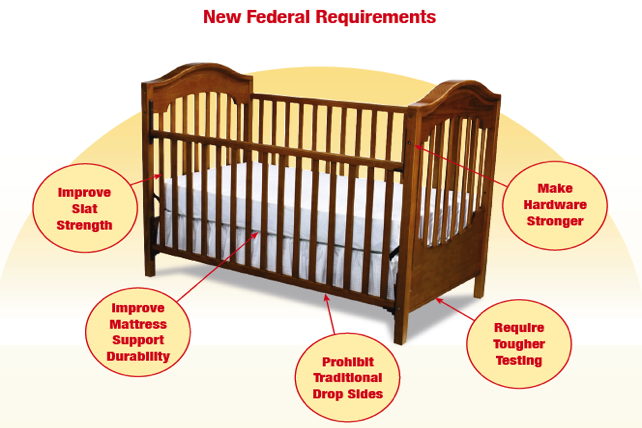









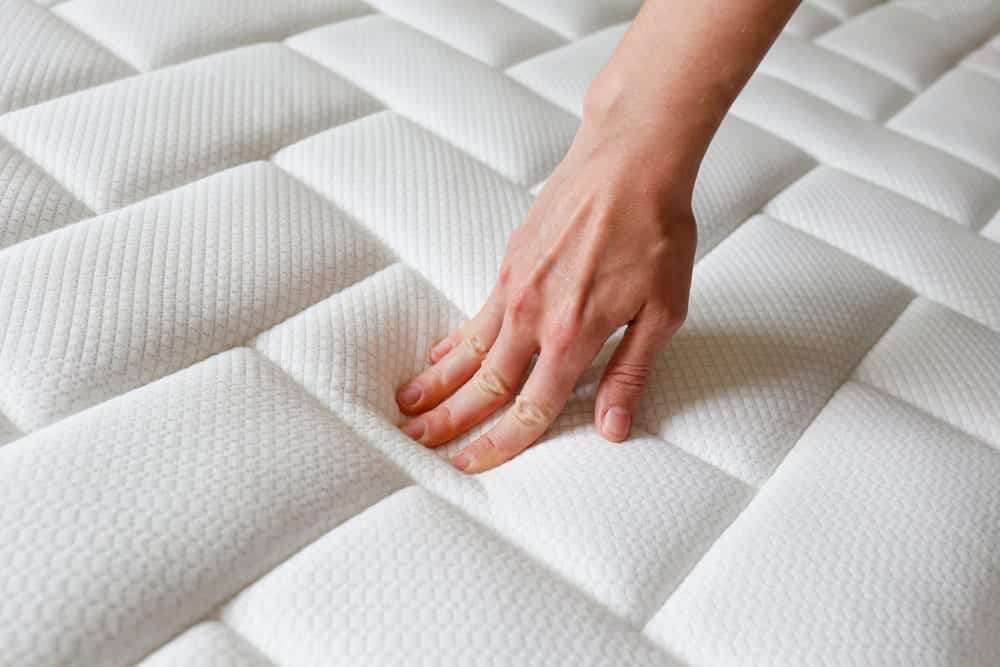





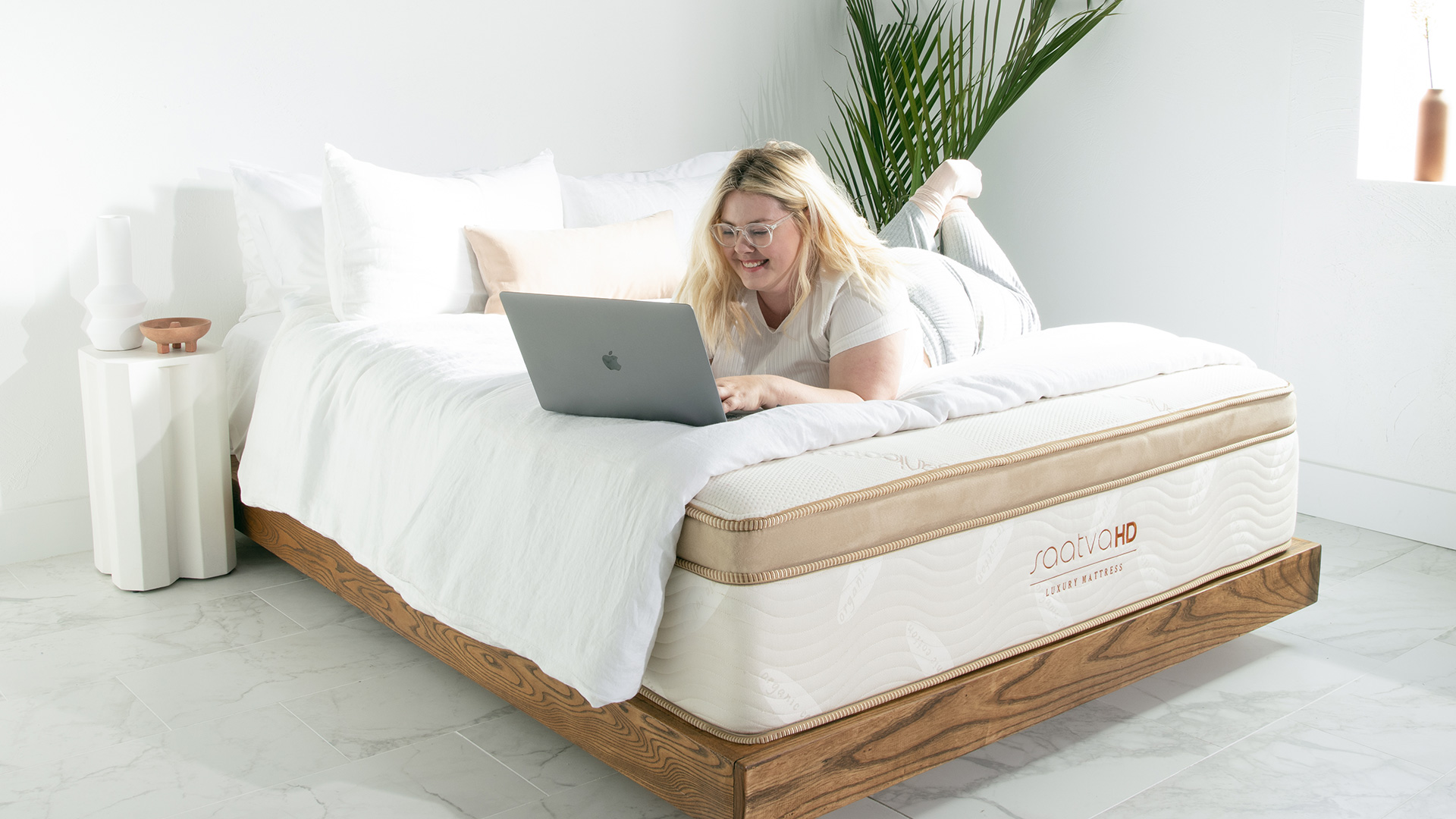






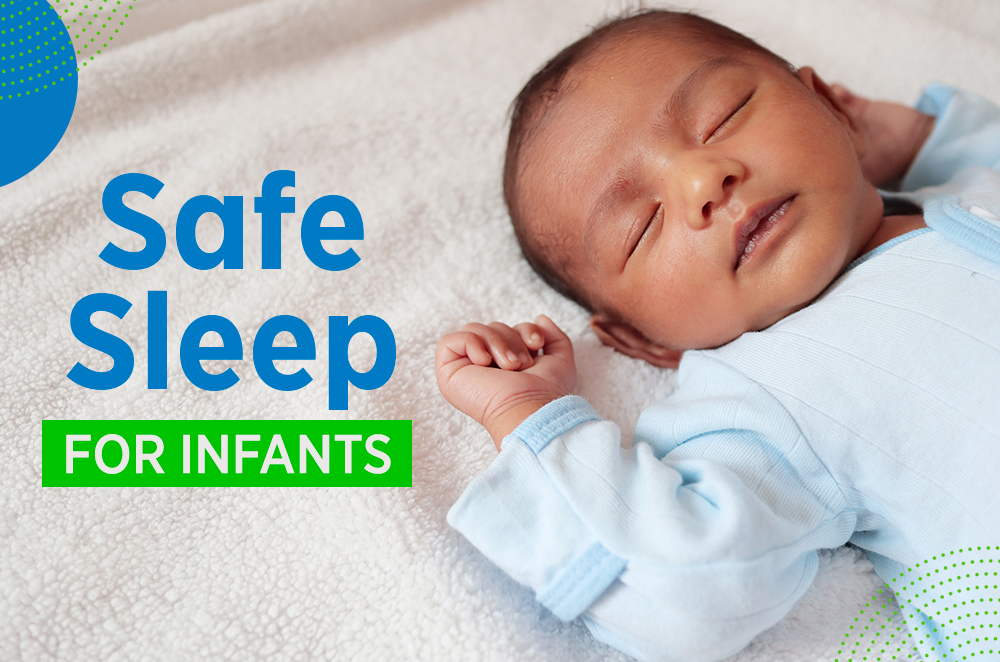














































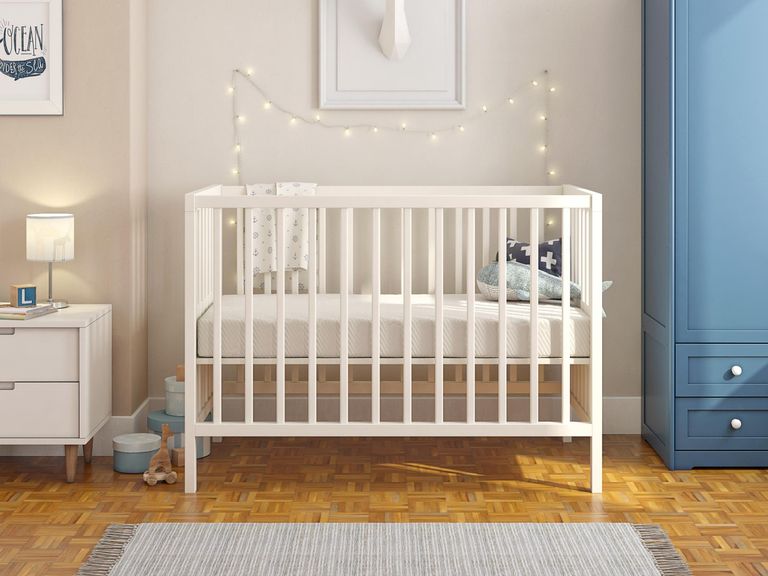












/do0bihdskp9dy.cloudfront.net/04-21-2023/t_4f58babb0f49444ebba6649837101fa1_name_file_1280x720_2000_v3_1_.jpg)

















